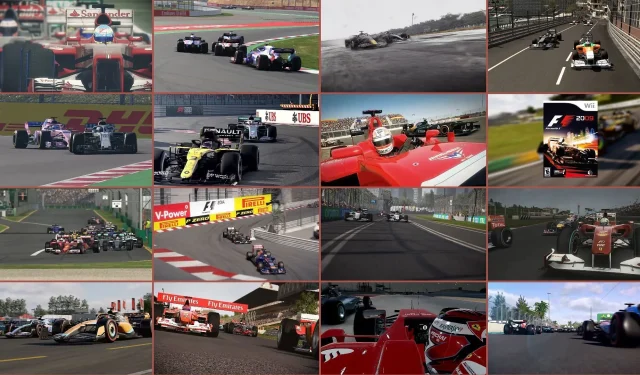
Codemasters’ F1 gaming franchise is leading the motorsport video game arena, with a new release each year since 2009. A total of 16 titles have been launched, catering to multiple platforms, all emphasizing the world’s premier motorsport. While many of these entries have been praised, some have faced criticism, creating a divide in community opinions.
With that context, here’s our ranking of every Codemasters F1 game released to date.
The 16 Codemasters F1 Games, Ranked from Worst to Best
16) F1 2015
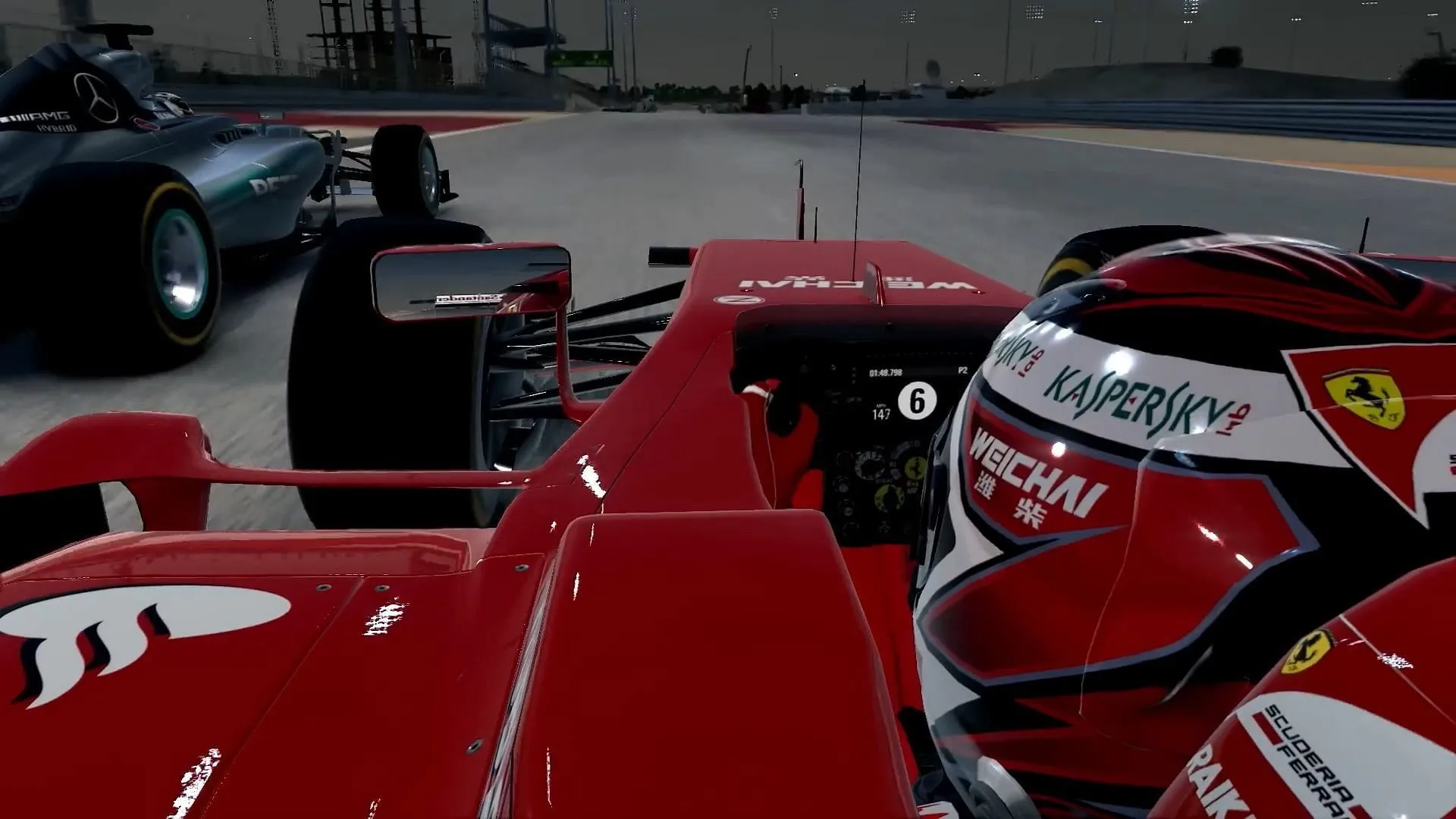
The first F1 title on eighth-generation consoles (PS4 and Xbox One) received a negative reception. Although the in-house EGO engine was upgraded for improved visuals and physics, it was plagued by numerous bugs.
While it featured all tracks and drivers from the 2014 season, F1 2015 felt unfinished and rushed. The omission of a player career mode and Safety Cars, alongside stubborn bugs, contributed to its flawed impression.
15) F1 24
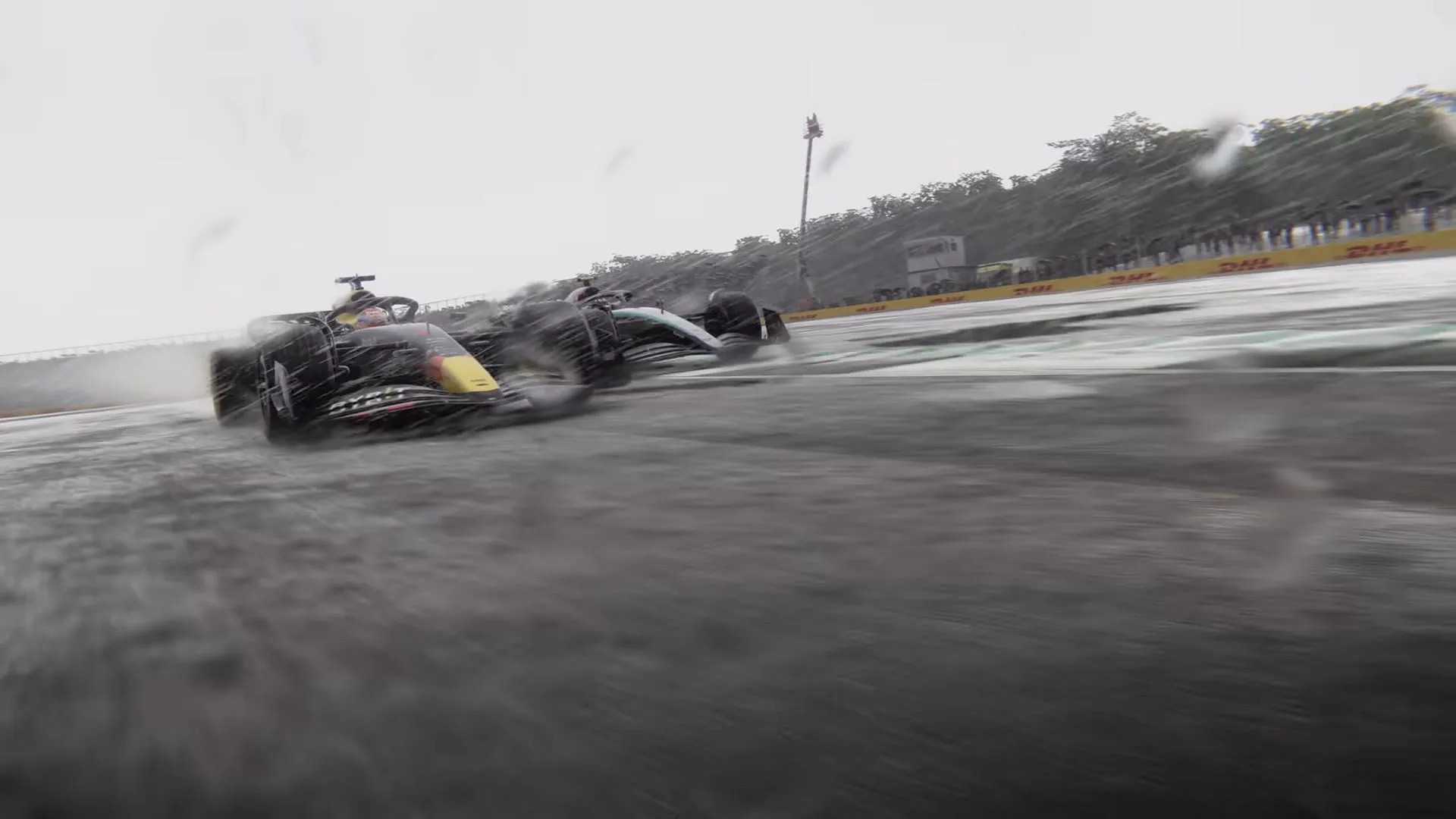
F1 24 ranks surprisingly low on this list as the latest installment in the franchise. Critics noted its minimal evolution from prior titles while still being priced as a full release. Utilizing the same engine as F1 2015, it retained certain long-standing bugs.
The game suffered chiefly due to a poorly optimized handling model at launch, which allowed players to navigate corners like Turn 1 at Qatar far too easily. Major issues persisted months after release. The only positive is that the franchise should only improve from this point forward.
14) F1 22
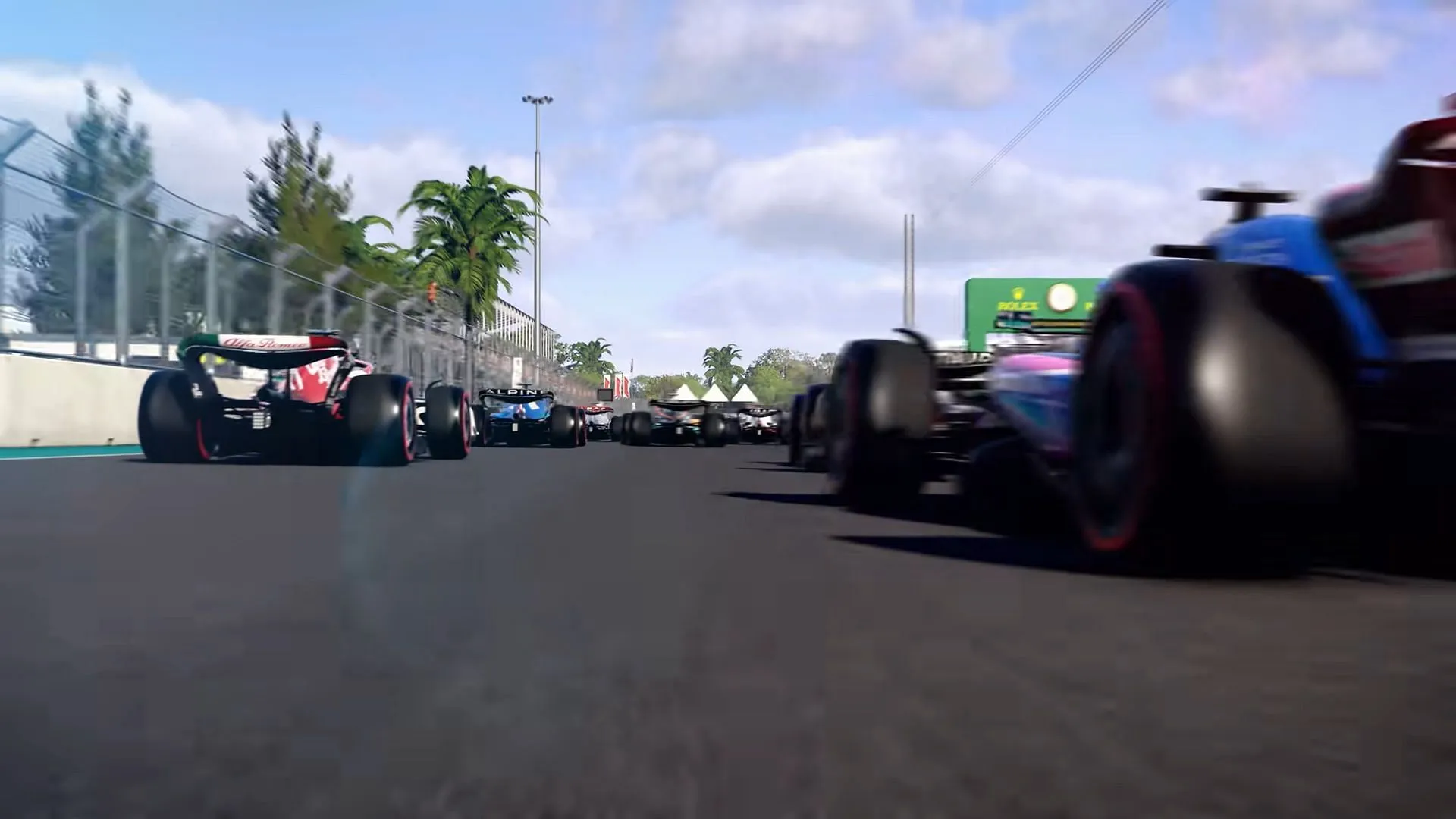
The 2022 season ushered in a new ground effect era, but F1 22 was marred by significant handling and AI challenges.
This title garnered mixed reviews. Its traction and handling models were found lacking, and various bugs affected its longevity. The popular Braking Point storyline was replaced by Super Cars, relegated to time trial mode, and the introduction of F1 Life mode faced widespread criticism.
13) F1 2009
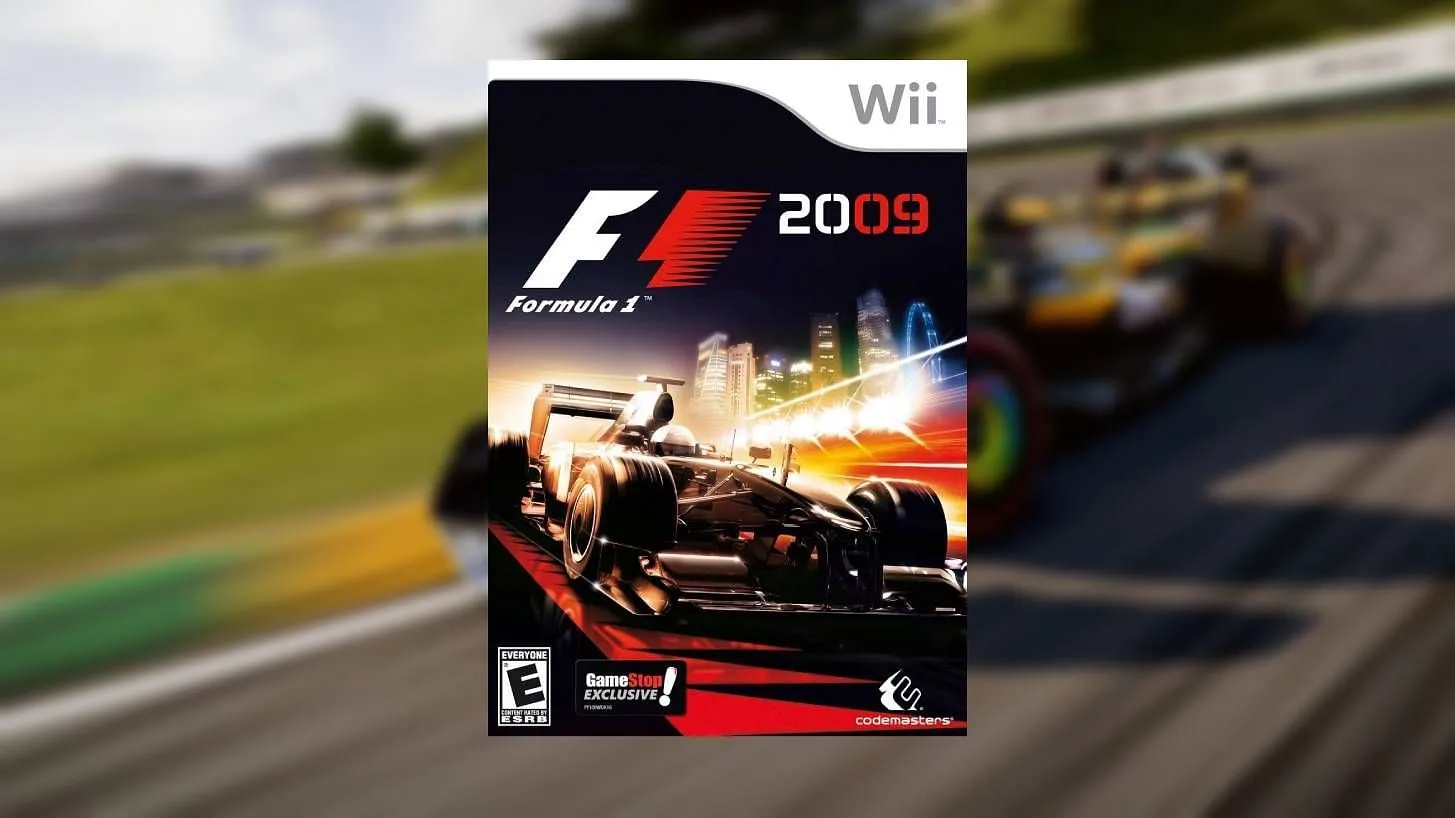
F1 2009 was Codemasters’ inaugural attempt in the F1 series, developed by Sumo Digital for Nintendo Wii and PSP.
Given the hardware’s limitations, its graphical shortcomings are forgivable. It showcased the entire 2009 season, with all tracks and drivers, but relied on the Wii remote’s motion sensors and lacked a damage model, making it a unique yet largely overlooked entry.
12) F1 2014

The early 2010s were robust for the F1 franchise, but F1 2014 represented a regression. While it built on F1 2013, the game felt more like a reskin than a true sequel.
With only updates to tracks and drivers, it neglected to include the classic content from its predecessor and offered little new. Moreover, the switch from V8 to less noisy V6 turbo-hybrid engines prompted criticism.
Overall, while F1 2014 is a solid game, it is content-light. It was also the last title available on the seventh-generation consoles: PS3 and Xbox 360.
11) F1 2011
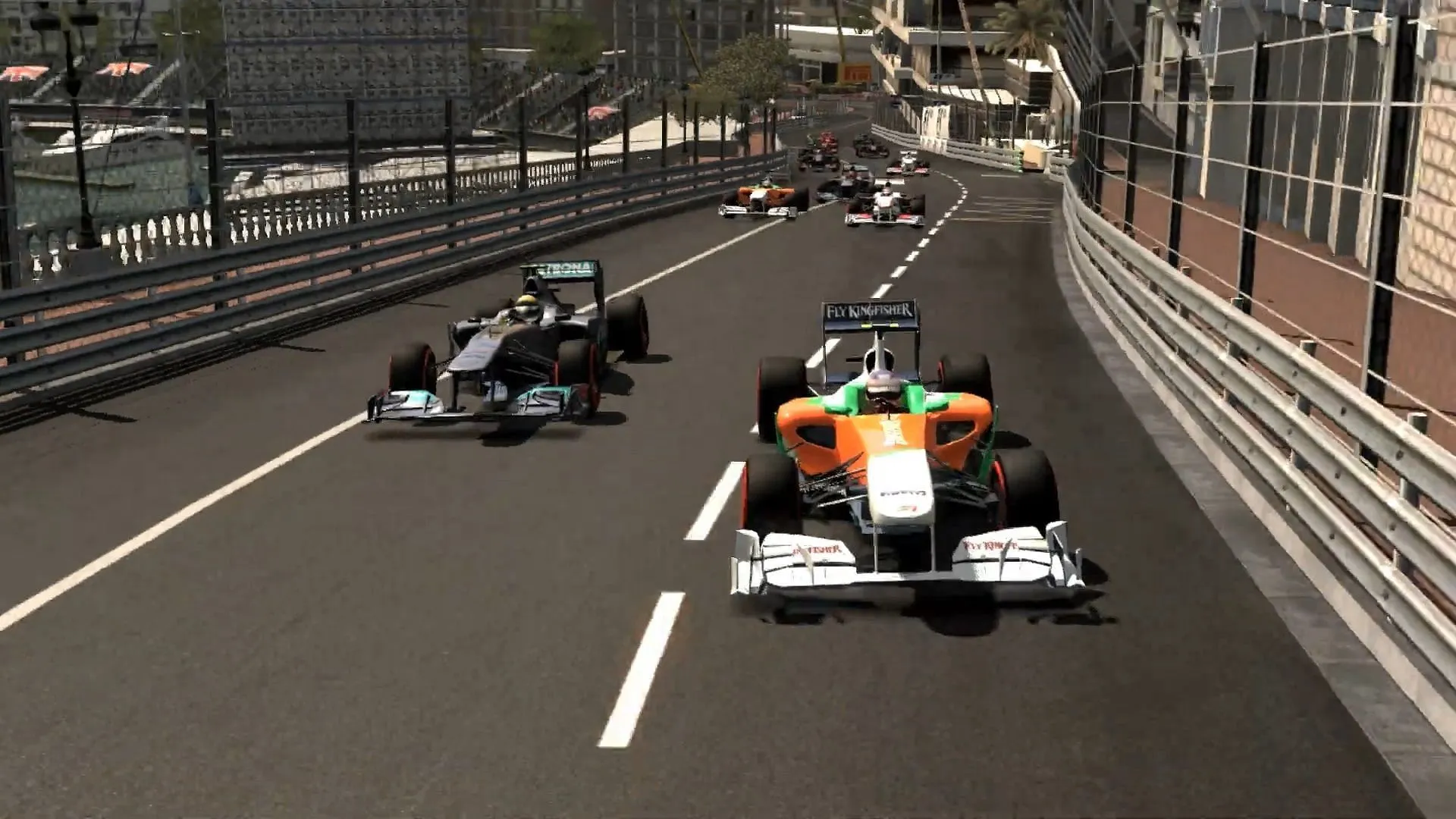
The 2011 season was notable for introducing DRS and KERS systems, now staples in the sport. The game captured the season accurately, featuring 24 drivers and 19 tracks, including India’s Buddh International Circuit.
However, opponent AI sometimes felt too “artificial,”and handling was sluggish, especially without a steering wheel. Nevertheless, the game remained decent and offered some replay value.
10) F1 2018

F1 2018 set out to refine every aspect of its predecessors, launching on PS4, PC, and Xbox One. It introduced the ERS battery system, now standard in F1 games.
While its graphics do not quite rival those of newer titles, it provided a variety of classic cars and an engaging single-player career mode.
9) F1 2016
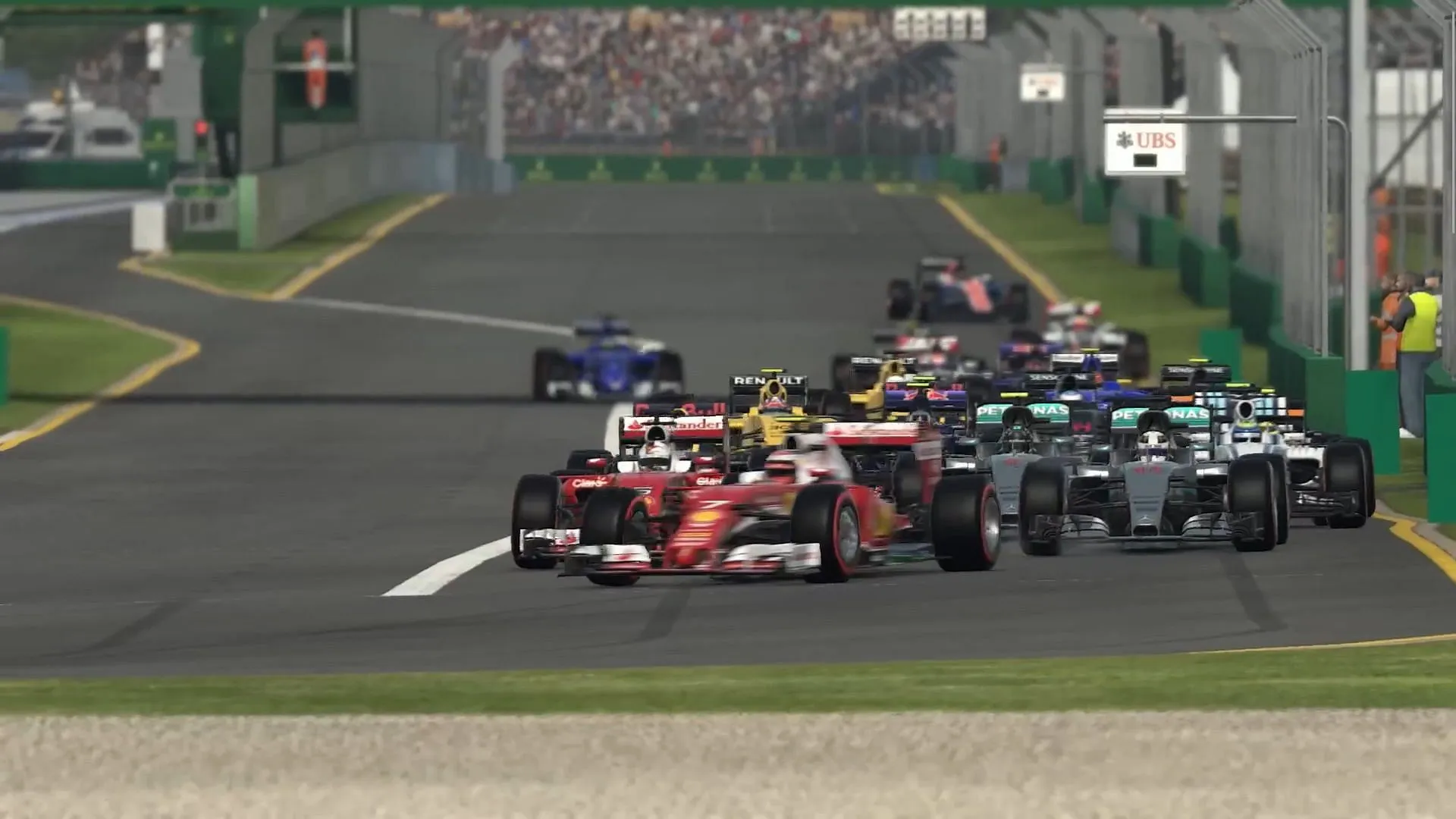
Following the troubled launch of F1 2015, F1 2016 had substantial expectations and primarily met them. It addressed many issues of its predecessor, despite lingering bugs.
F1 2016 reinstated the driver career mode and introduced an R&D system for car upgrades and performance enhancements. Its visuals hold up well, even in 2024.
8) F1 2019
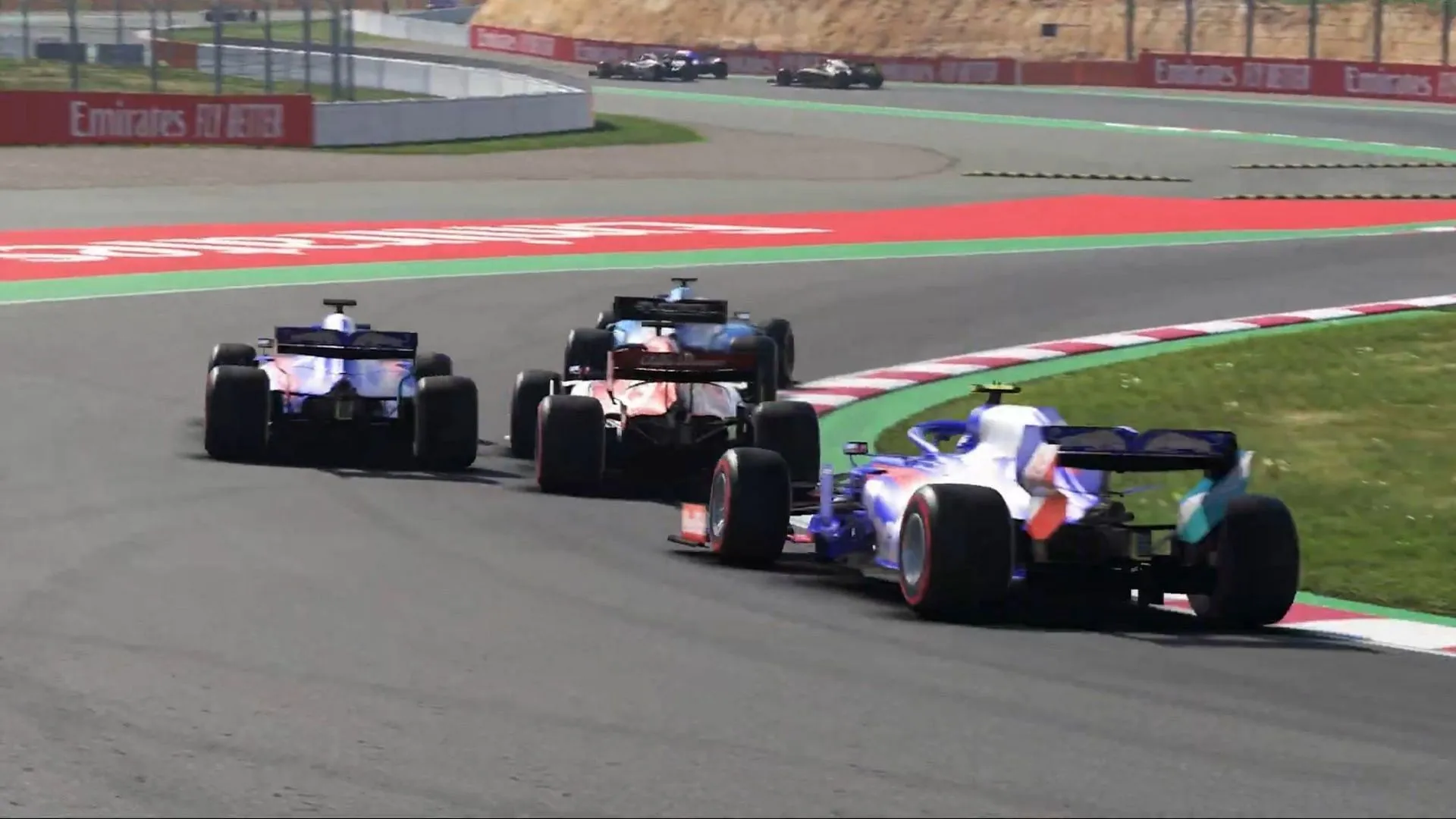
F1 2019 can be viewed as an upgraded version of F1 2018, enhancing nearly every element of its predecessor. It featured polished graphics and performance while including all drivers and tracks of the real-life season. Importantly, it was the first title to encompass F1’s popular feeder series, Formula 2, with rosters from both 2018 and 2019.
This installment also introduced a story mode featuring fictional drivers Lukas Weber and Devon Butler, progressing alongside the player. Furthermore, it marked the last use of classic F1 cars from the 1970s and 1980s and implemented driver transfers between teams.
7) F1 2012
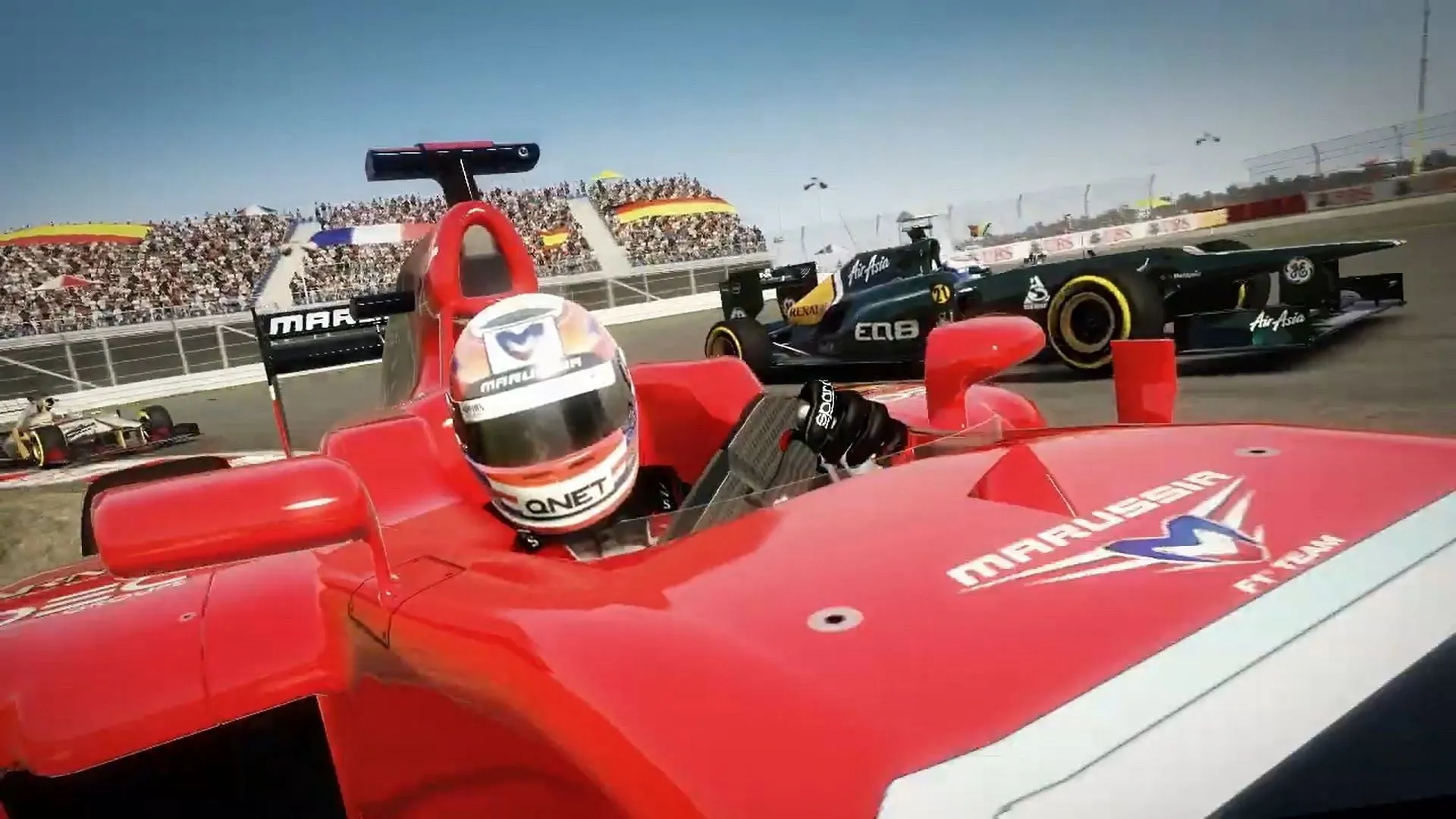
F1 2012 is highly praised among fans due in part to its “Champions Mode,”allowing players to compete against seven world champions in various challenges. However, it lacked options for a custom single race weekend and fell behind in career mode immersion compared to earlier titles.
This release was also the first Codemasters entry to include a “Young Drivers’ Test,”which evaluated player skills and unlocked teams in Career Mode based on performance.
6) F1 2021
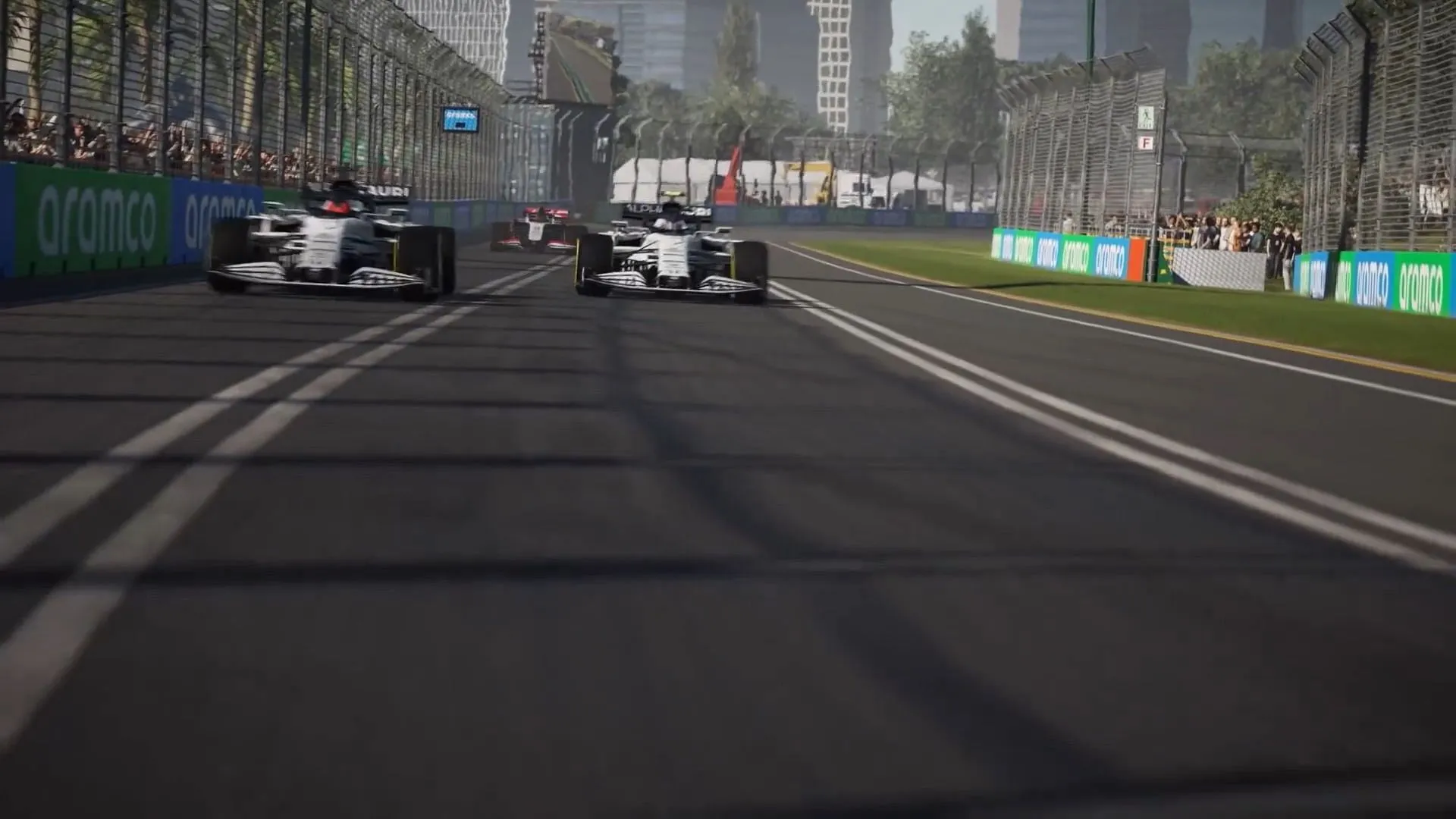
Following the success of F1 2020, F1 2021 faced mixed initial reactions, but Codemasters addressed many bugs, enhancing the experience by the end of its lifecycle.
This title represented the last release before EA took over for 2022. It featured a story mode that resumed from F1 2019, centering around young talent Aiden Jackson. However, it significantly omitted classic cars found in earlier games.
New circuits, including Imola and Portimao, were added, though Istanbul Park and Qatar, which were part of the real-life calendar, were left out.
5) F1 23
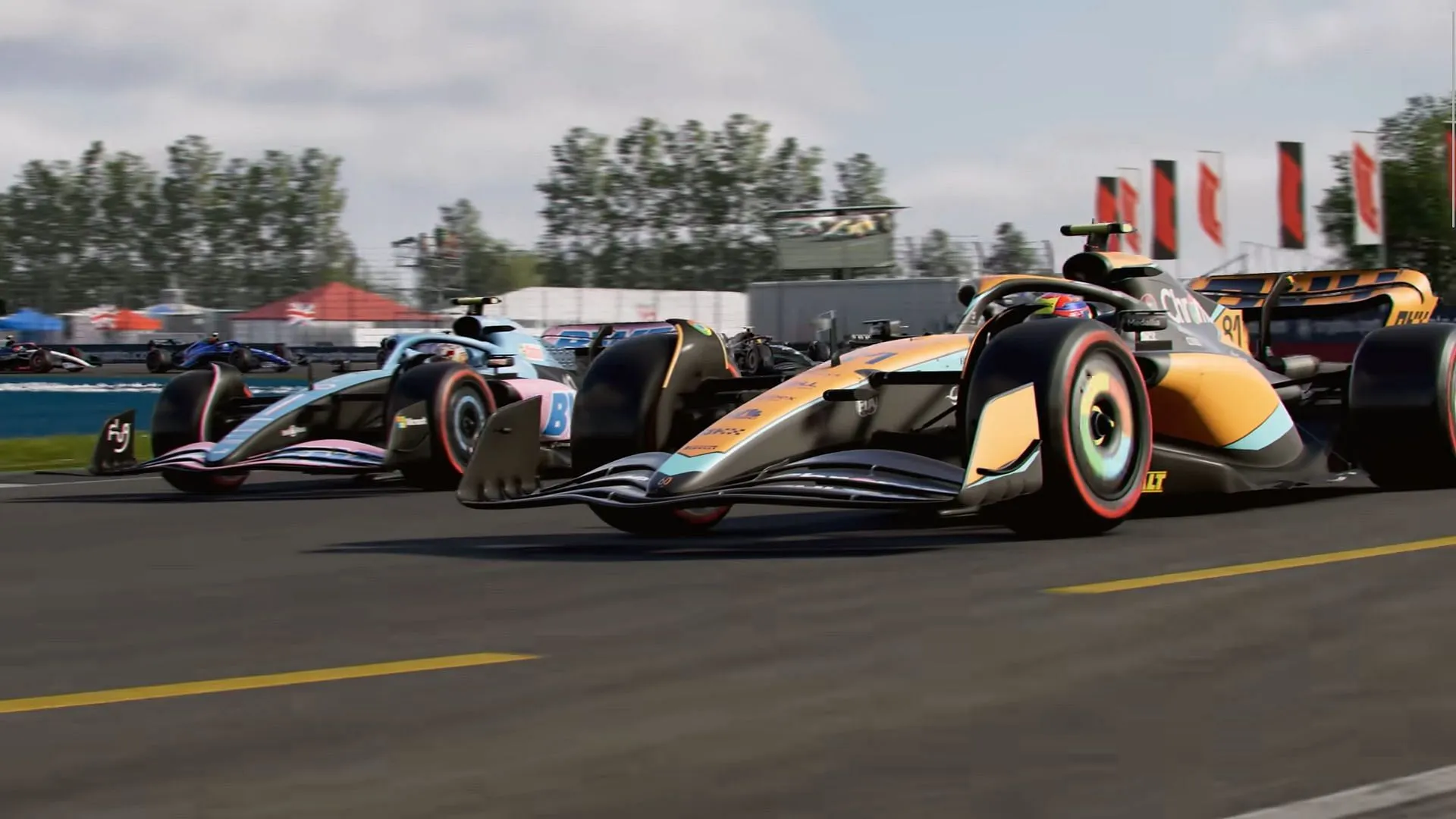
F1 23 set itself apart from F1 22 with an enhanced handling model and improved physics, becoming the title fans had hoped for with the previous version.
The Braking Point storyline returned, this time with Aiden Jackson as the protagonist, and it featured the new Las Vegas circuit and the Lusail Circuit in Qatar prominently in gameplay.
4) F1 2017

F1 2017 built on the solid framework of F1 2016, introducing various classic cars and enhancing the driver career mode. Players participated in optional events featuring classic car challenges.
This title marked the last inclusion of Malaysia’s Sepang circuit and the first to allow midnight racing in Monaco. It also provided a Championship mode with different scenarios and rules for competition against AI.
3) F1 2013

The 2013 F1 game was the first to offer classic cars and tracks, a distinctive element during the Codemasters era. This allowed players to choose from not just the official roster of 22 drivers but also a selection of legendary drivers of classic cars.
Gamers could race modern cars on classic circuits and vice versa, including four classic tracks: Brands Hatch, Jerez, Estoril, and Imola. Some bonus 1990s F1 cars were available through DLC. Overall, it was well-received by fans and critics alike.
2) F1 2010

Building off F1 2009, F1 2010 presented numerous small features not found in other series titles, such as a home screen set in the player’s motorhome, reflecting the current venue in Career Mode. It also introduced a unique manual pit entry system that was not revisited in subsequent games.
The game included all 18 official tracks and 12 teams, with responsive and enjoyable handling, even by today’s standards. A post-race press conference feature for podium finishers added depth, despite the absence of a Safety Car and occasionally artificial intelligence holding the title back.
1) F1 2020

Launched during the pandemic, F1 2020 received acclaim and was the last installment featuring classic cars. The optional “Schumacher Edition”DLC included four iconic cars and special race suits of the legendary driver. Additionally, the game introduced “My Team,”enabling players to create and manage their own F1 team.
Fans particularly lauded its handling model, and despite the track selection leaning more towards the proposed calendar than the actual one, F1 2020 remains a highly enjoyable racing experience.




Leave a Reply